Description
On the foreground of the shocking central panel stands a creature characteristic of Bosch’s work, consisting of only one head on two feet. His anatomical imperfections are covered by a headscarf. The painter has embroidered upon a classical Greek form in his own distinctive way. In ancient times, omitting body parts was also considered frightening. The character, amusing to us, seems to be taking a carefree stroll through the bloody scene of the Last Judgment.
ABOUT THE ARTWORK: THE LAST JUDGEMENT Hieronymus Bosch warns us against the consequences of a life of sin. The downfall of the rebellious angels on the left panel heralds the beginning of the end. Further, one sees the chosen few in heaven, with below them the vast remainder who will have to undergo the most horrendous tortures on Judgement Day. Saint Jacob of Compostella and the Holy Bavo adorn the closed panels.
ABOUT THE ART PERIOD: Froman artistic point of view, the world famous brilliant forerunner of surrealism was, in his day, unique and radically different. Hieronymus(Jeroen for schort) Bosch was born (ca. 1450-1516) during the transition from the Middle Ages to the Renaissance in s-Hertogenbosch, in the Duchy of Brabant. Bosch places visionary images in a hostile world full of mysticism, with the conviction that the human being, dueto its own stupidity and sinfulness has become prey to the devil himself. He holds a mirror to the world with his cerebral irony and magical symbolism, sparing no one. He aims his mocking arrows equally well at the hypocrisy of the clergy as the extravagance of the nobility and the immorality of the people. Hieronymus Boschs style arises from the tradition of the book illuminations (manuscript illustrations from the Middle Ages). The caricature representation of evil tones down its terrifying implications, but also serves as a defiant warning with a theological basis.

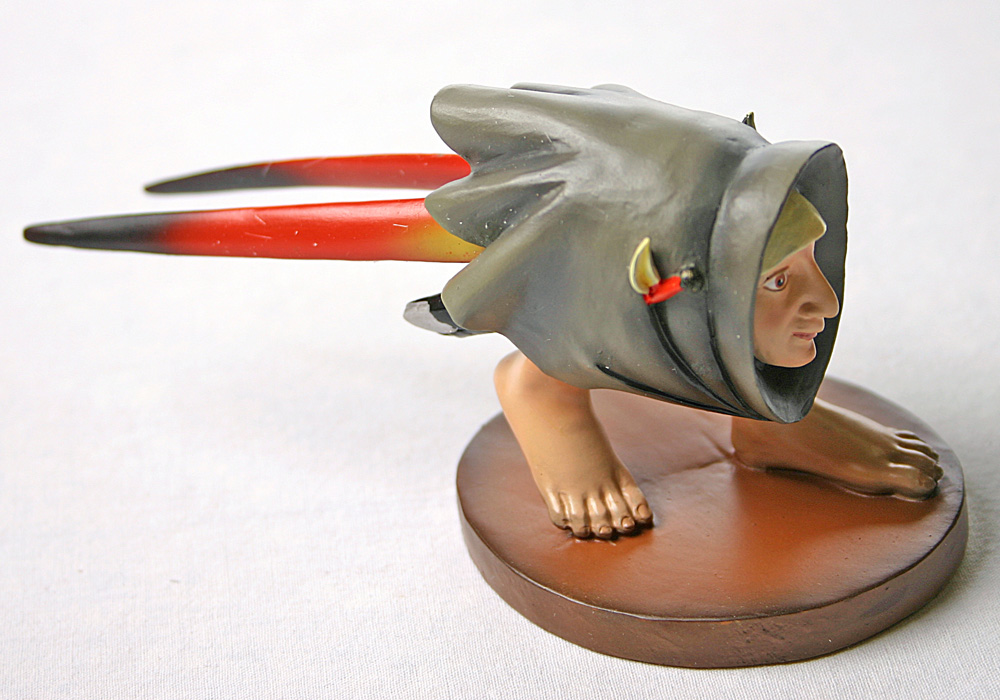

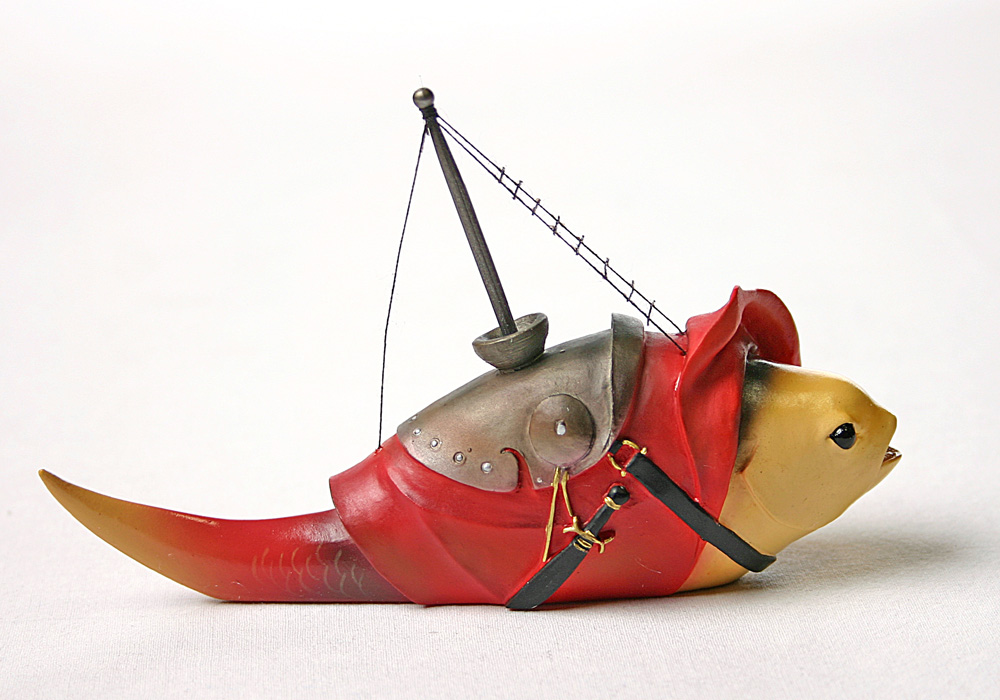
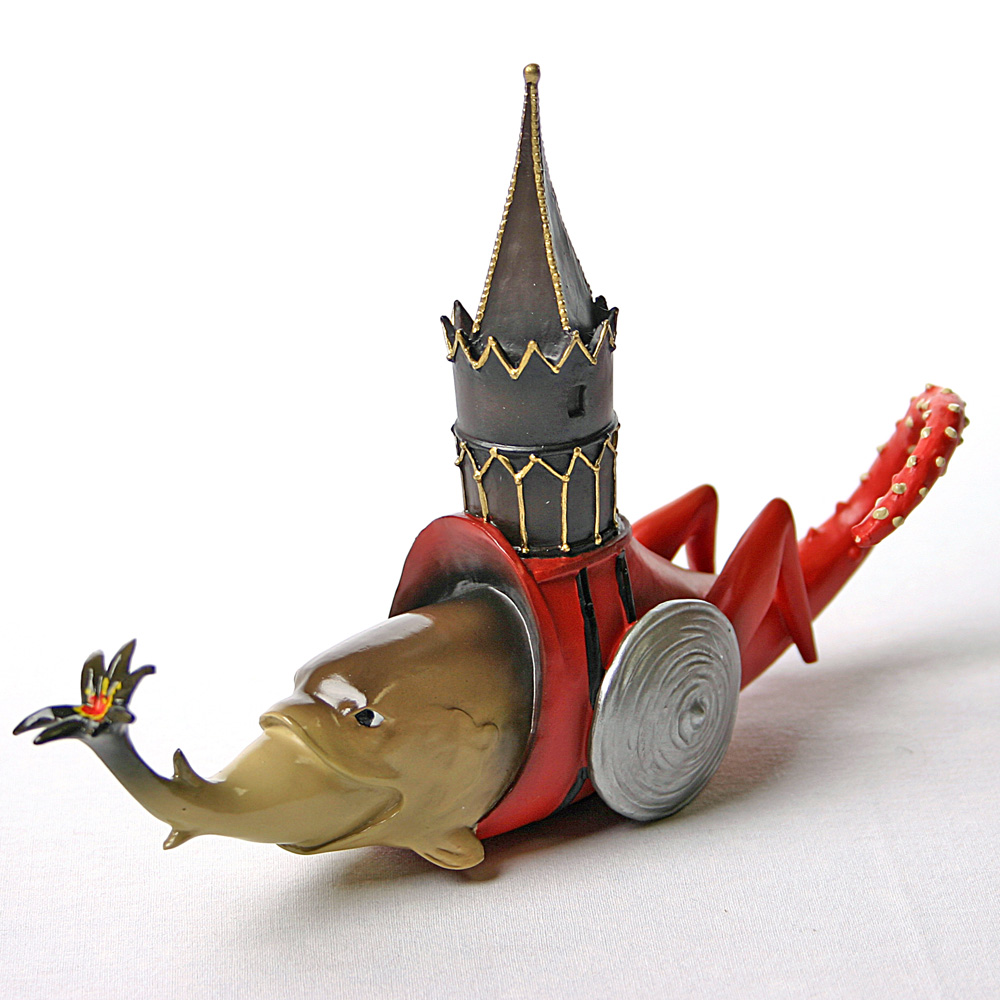
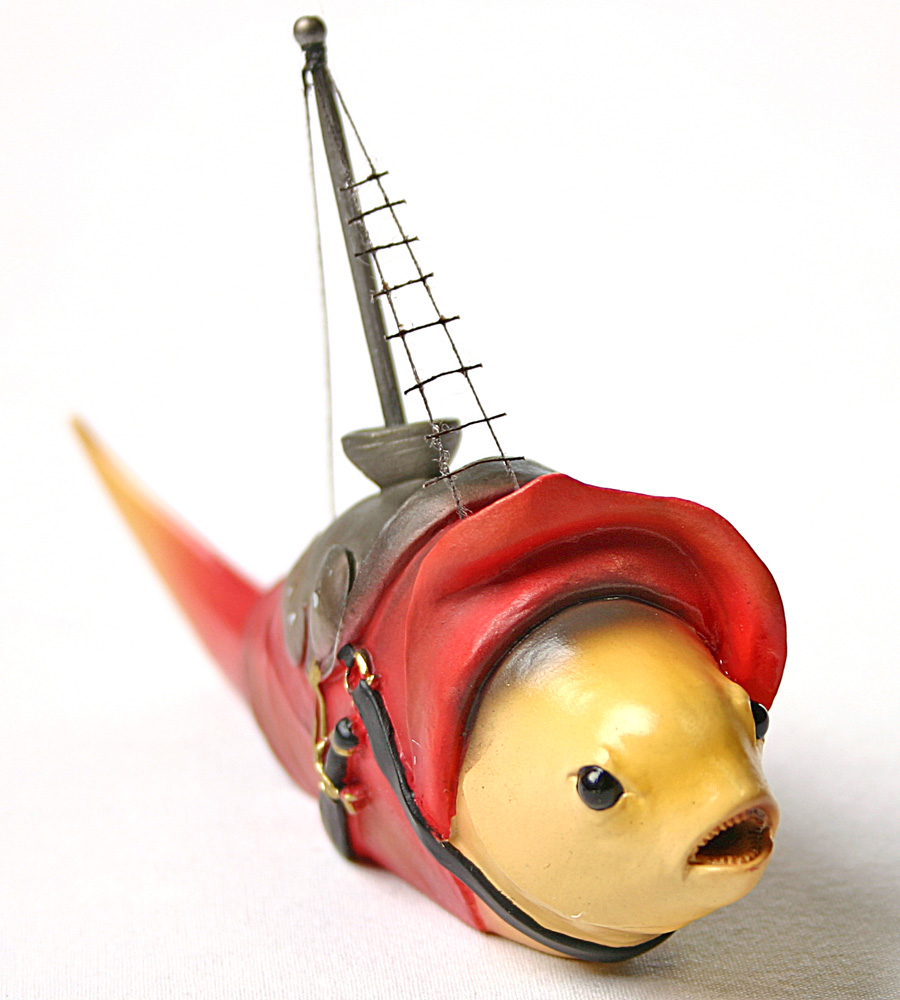
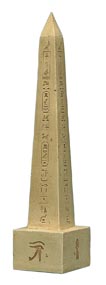

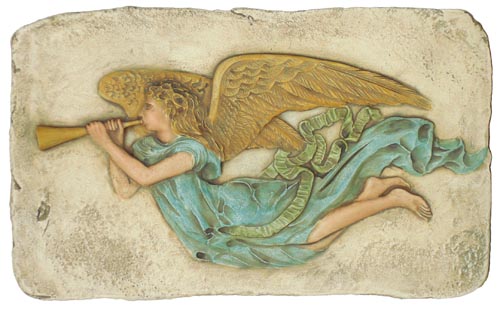
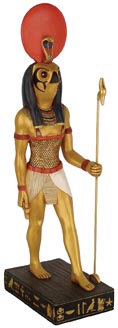
Reviews
There are no reviews yet.